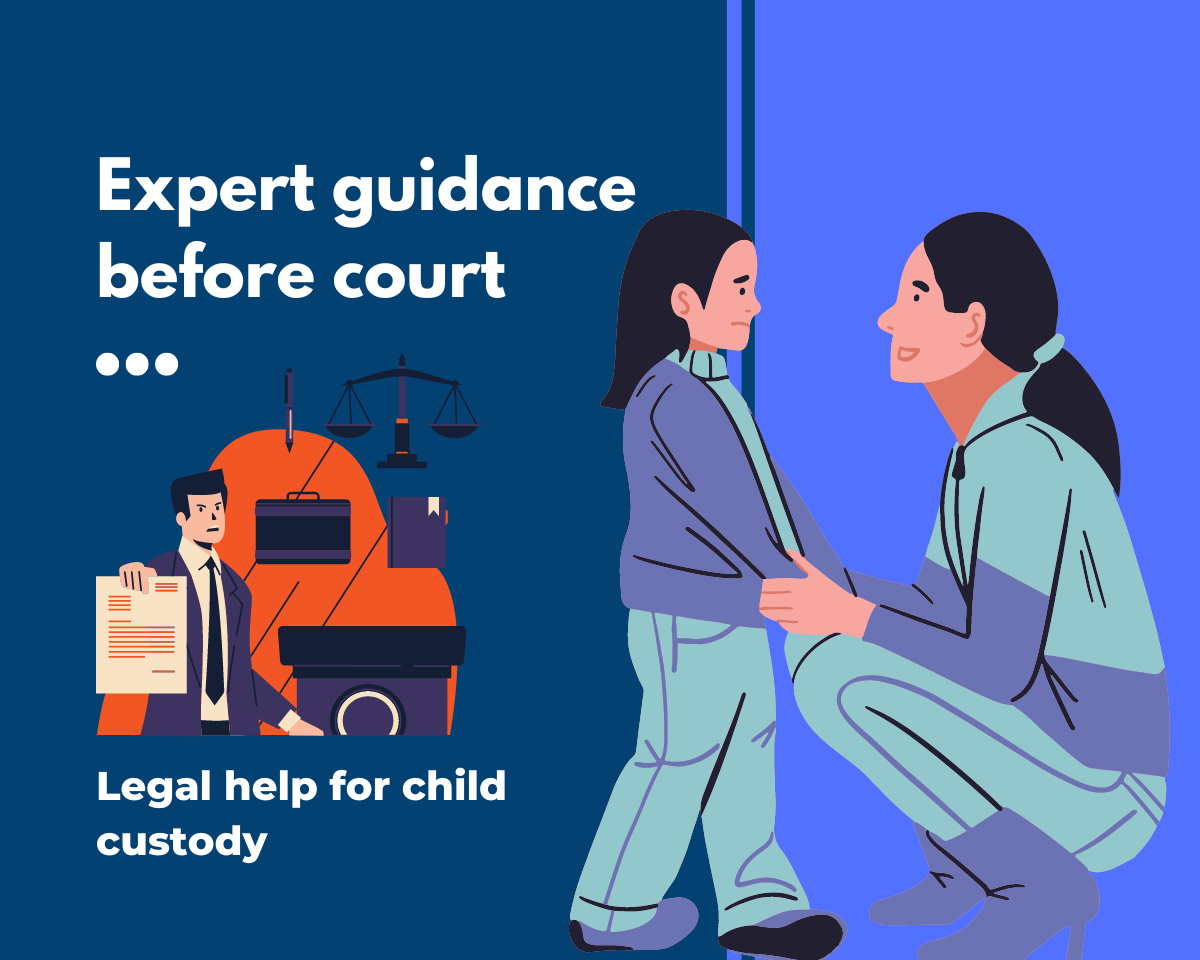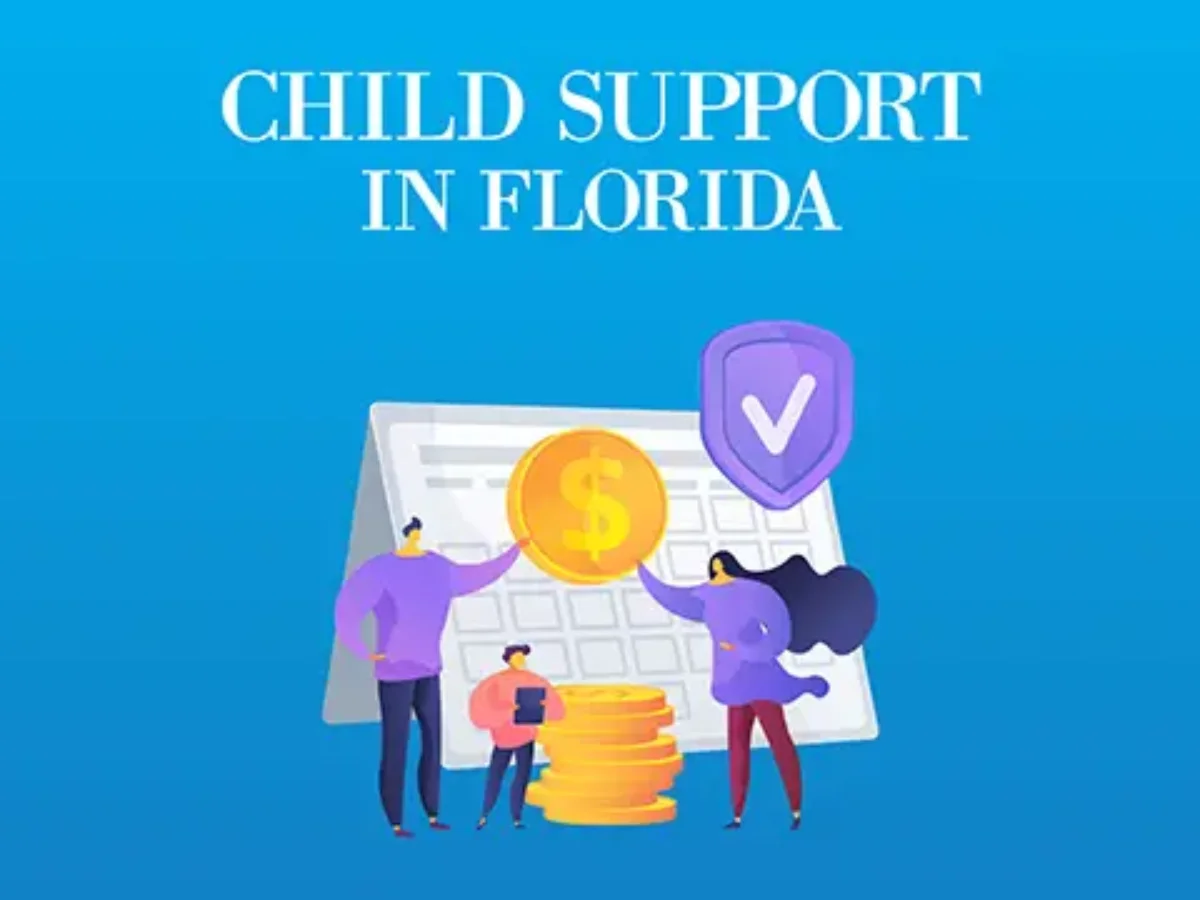Introduction: notarized child custody agreement
Navigating the complexities of child custody arrangements can be emotionally challenging. A notarized child custody agreement serves as a legally binding document that outlines the terms and conditions under which parents or guardians will share responsibilities and make decisions regarding their child. This article aims to provide a comprehensive overview of notarized child custody agreements, guiding readers through the process and considerations.
Understanding Child Custody
Defining Child Custody
Child custody refers to the legal right and responsibility of parents or guardians to make decisions for their child’s upbringing. It encompasses various aspects, including physical custody (where the child resides) and legal custody (decision-making authority).
Types of Child Custody
Child custody can take different forms, including sole custody, joint custody, physical custody, legal custody, and visitation rights. Each type has its own implications and considerations, depending on the specific circumstances of the parents and the child.
The Role of Notarized Agreements
What is a Notarized Child Custody Agreement?
A notarized child custody agreement is a legally recognized document that outlines the terms and conditions of child custody arrangements. This agreement is notarized to validate its authenticity and ensure that all parties involved are aware of and consent to the stipulated terms.
Benefits of Notarization
Notarization adds an extra layer of credibility to the agreement, making it more likely to be honored by the court. It also demonstrates a clear intention of the parties involved to adhere to the agreed-upon terms, which can contribute to a smoother co-parenting experience.
Creating a Notarized Child Custody Agreement
Consultation with Legal Professionals
Before embarking on the journey of creating a notarized child custody agreement, it is advisable to seek guidance from legal professionals experienced in family law. Their insights can help parents or guardians navigate the legal complexities and ensure that the agreement aligns with relevant regulations.
Key Components of the Agreement
A comprehensive notarized child custody agreement should address vital aspects such as custody arrangements, visitation schedules, decision-making authority, financial responsibilities, and dispute resolution mechanisms. Each detail should be meticulously outlined to avoid ambiguity and potential conflicts.
Steps to Notarize a Child Custody Agreement
Drafting the Agreement
The process begins with drafting the agreement itself. This involves outlining all terms and conditions in a clear and concise manner. While legal jargon may be present, it’s crucial to ensure that the document remains comprehensible to all parties involved.
Review and Negotiation
Once the initial draft is ready, both parties should review the agreement thoroughly. This stage allows for open discussions and negotiations to address any concerns or disagreements. The goal is to reach a consensus that is in the best interests of the child.
Notarization Process
After finalizing the agreement, it must be signed by both parties in the presence of a notary public. The notary public verifies the identities of the signatories and witnesses their signatures. Notarization confirms that the agreement is authentic and voluntarily entered into.
Enforcement and Modification
Enforcing the Agreement
A notarized child custody agreement holds legal weight, and any violation of its terms can lead to legal consequences. If one party fails to adhere to the agreed-upon terms, the other party can seek legal remedies to enforce the agreement.
Modifying the Agreement
As circumstances change over time, it may become necessary to modify the child custody agreement. Whether due to a change in living arrangements, work schedules, or other factors, modification can be pursued through the court with proper documentation and justifications.
Ensuring the Best Interests of the Child
Standard Considerations
When crafting a notarized child custody agreement, the best interests of the child should be the guiding principle. Courts often evaluate agreements based on factors such as the child’s age, relationship with each parent, stability of living environments, and parental ability to provide care.
Customizing the Agreement
While there are standard considerations, every family’s situation is unique. A successful notarized child custody agreement takes into account the specific needs and preferences of the child and the parents. Flexibility and the ability to adapt to evolving circumstances are key.
Conclusion
A notarized child custody agreement is an essential tool for parents or guardians navigating the complexities of co-parenting. By outlining the terms, responsibilities, and rights of each party, this agreement provides a solid foundation for a harmonious parenting relationship that prioritizes the well-being of the child.
Frequently Asked Questions
- Is a notarized child custody agreement legally binding? Yes, a notarized child custody agreement is a legally binding document.
- Can I modify a notarized child custody agreement? Yes, a notarized child custody agreement can be modified if there are valid reasons and proper legal procedures are followed.
- What happens if one party violates the terms of the agreement? If one party violates the terms of the agreement, the other party can seek legal remedies to enforce the agreement.
- What factors are considered when determining the best interests of the child? Factors such as the child’s age, relationship with each parent, stability of living environments, and parental ability to provide care are considered.
- How can I ensure that the agreement remains flexible for changing circumstances? Craft the agreement with a degree of flexibility and the ability to adapt to evolving circumstances, while ensuring that the child’s best interests are always a priority.
Contents
- 1 Introduction: notarized child custody agreement
- 2 Understanding Child Custody
- 3 The Role of Notarized Agreements
- 4 Creating a Notarized Child Custody Agreement
- 5 Steps to Notarize a Child Custody Agreement
- 6 Enforcement and Modification
- 7 Ensuring the Best Interests of the Child
- 8 Conclusion
- 9 Frequently Asked Questions























